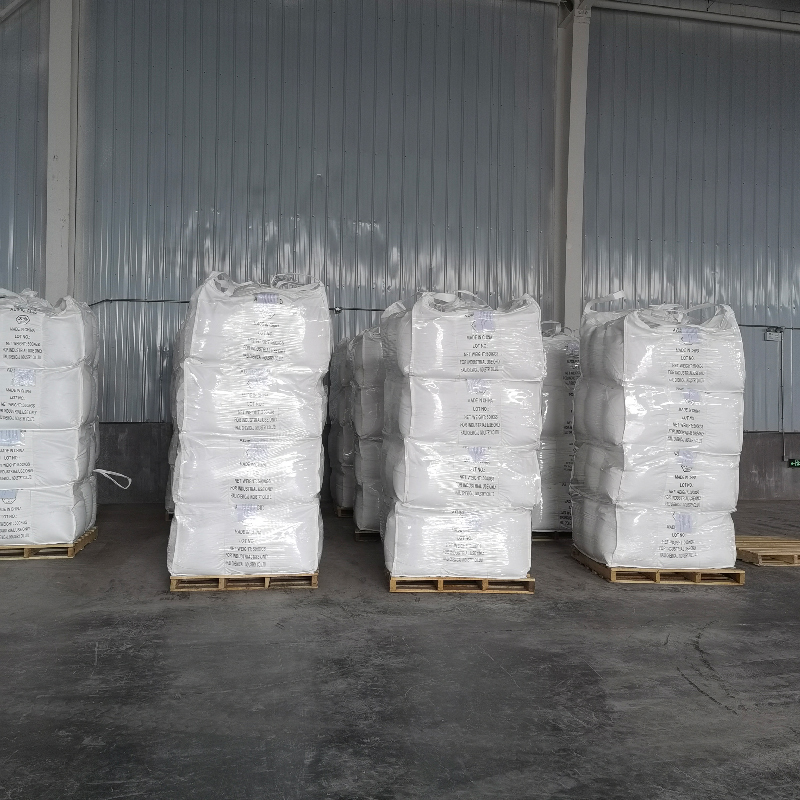Adipic Acid 99% 99.8% For Industrial Field
Technical Index
| Property | Unit | Value | Result |
| Purity | % | 99.7 min | 99.8 |
| Melting point | ℃ | 151.5 min | 152.8 |
| Ammonia solution color | pt-co | 5 MAX | 1 |
| Moisture | % | 0.20 max | 0.17 |
| Ash | mg/kg | 7 max | 4 |
| Iron | mg/kg | 1.0 max | 0.3 |
| Nitric acid | mg/kg | 10.0 max | 1.1 |
| Oxidable matter | mg/kg | 60 max | 17 |
| Chroma of melts | pt-co | 50 max | 10 |
Usage
Adipic acid is widely utilized in the chemical production industry due to its extensive range of applications. One of its key uses lies in the synthesis of nylon, where it acts as a precursor material. By reacting with diamine or diol, adipic acid can form polyamide polymers, which are the primary materials used in the manufacturing of plastics, fibers, and engineering polymers. The versatility of these polymers allows them to be used in various products, including clothing, automotive components, electrical insulators, and medical devices.
Furthermore, in the organic synthesis industry, adipic acid is employed for the production of a range of chemicals. It serves as a key intermediate in the synthesis of various pharmaceuticals, such as antipyretics and hypoglycemic agents. Additionally, it is utilized in the production of esters, which find application in fragrances, flavors, plasticizers, and coating materials. The ability of adipic acid to undergo different reactions makes it a valuable ingredient for the synthesis of numerous compounds.
In the lubricant manufacturing sector, adipic acid is used to produce high-quality lubricants and additives. Its low viscosity and excellent thermal stability make it an ideal choice for formulating lubricants that can withstand extreme temperatures and reduce wear and tear on machinery. These lubricants find application in automotive, aerospace, and industrial sectors, enhancing the efficiency and durability of machinery and engines.
In summary, adipic acid is a crucial compound in the chemical production, organic synthesis industry, medicine, and lubricant manufacturing. Its ability to undergo various reactions and form high molecular polymers makes it a versatile ingredient. With a significant position as the second most produced dicarboxylic acid, adipic acid ensures the reliability and performance of many products across different industries.













